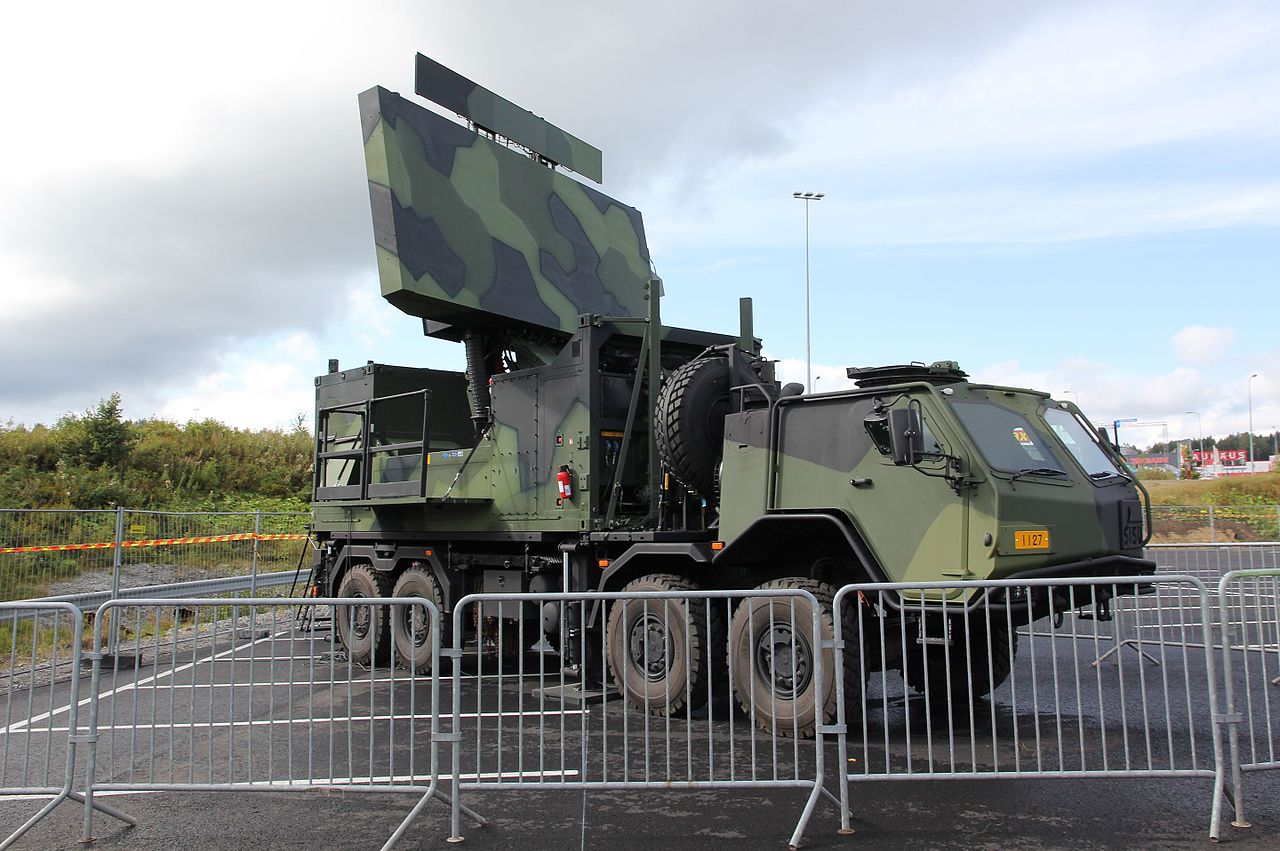
Thales has announced the launch of its latest Ground Master family radar portfolio member, the ‘GM400 Alpha’.
The three-dimensional (3D) long-range, air surveillance radar has five times more processing power, an extended range of up to 515km, and advanced artificial intelligence (AI) capabilities.
It is also claimed to offer enhanced cybersecurity features and the highest current update rate to complete long-range surveillance missions.
Built on the field expertise of the GM400, GaN technology, and other surveillance capabilities, the new GM400 Alpha radars enable operators to identify all short-range and long-range threats at all times.
The GM400 Alpha surveillance radar features digital stacked beam technology.
It can detect targets from jets and missiles to helicopters and tactical unmanned aerial vehicles (UAVs) flying close to the ground, or hiding close to the radar.
GM400 Alpha can also identify and track higher-altitude targets, including fighter jets at ranges of nearly 515 km.
Thales senior vice-president Surface Radars activities Serge Adrian said: “Already supporting 17 nations around the world, the Ground Master 400 radar family is a reliable and proven partner for air surveillance.
“The GM400 Alpha’s software design and processing architecture make it easy to upgrade current fielded GM400 systems, ensuring the radars’ resilience to emerging threats. Some of our customers have already started the upgrade process of their GM400.”
Due to its advanced processing technology and detection algorithms, the radar can analyse large sets of complex data, resulting in an improvement in detection range.



